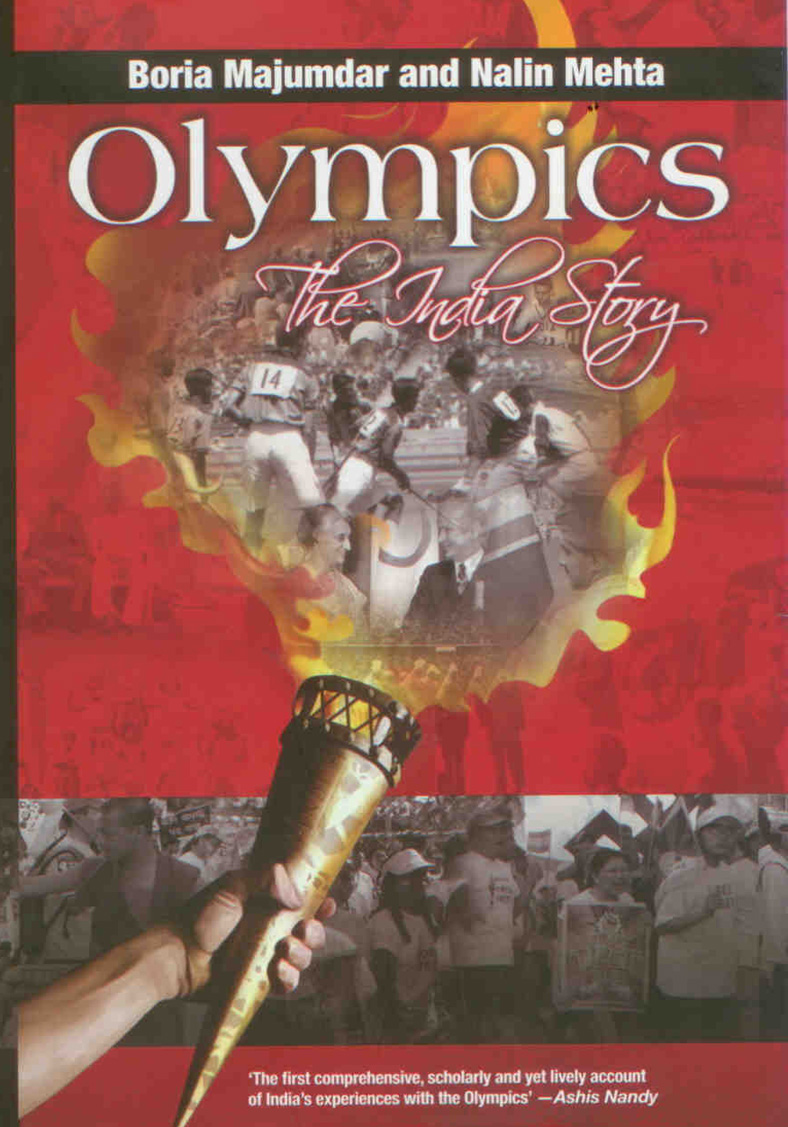Enthralling account of Indian Olympic Sports
Share
Olympics: The India Story by Boria Majumdar and Nalin Mehta (HarperCollins Publishers India; 505 pages, illustrated. Price: Rs. 695).

For long we tend to think that sports functioned in splendid isolation. ‘Olympics: The Indian story’, authored by Boria Majumdar and Mehata seek to demolish this notion. They argue and prove in this pioneering work that sports on the contrary stood for nationalistic sentiments, colonial India’s identity. Only thing is that our historians missed it. They spend reams, justly, to make amends and make the proper connect.
The historical background of India hosting the 1951 Asian Games, the anti-Indian revolts during the Jkarta number, explained in detail, seeks to authenticate how Asian leaders, Nehru and Sukarno, vied for emerging Asian leadership using the tool of sports. Well said.
This book is a bag of truth, sourced from the IOC’s archives essentially. The first 150 odd pages are replete with unknown, lively and telling anecdotes, presented enchantingly. Arguments, achievements of Olympians, their near misses, how television impacted Olympic sports, form the rest.
The work comes in for commendation for the simple reason that it tries to unravel glorious Indian Olympic Movement. Where else did an Indian defeat Julian Roosevelt, brother of USA president Franklin Roosevelt, as happened in the early 80s in the IOC elections?
The origin and growth of Indian Olympic Association, formed with the initial patronage of YMCA, later by princely and monied elite, makes interesting read. Role of Dorabji Tata’s who founded the IOA and his steadfast refusal to continue for long, is amazing. Tata funded our first and second Olympic contingents.
His nomination of ‘Passion India’ hero Maharaja of Kapurthala, Jagjit Singh, as his successor evokes the authors to conclude: ‘Sporting structures were initially set up by political and monied elite….’
The chronicling of post colonial Olympic Movement however is incomplete and inconclusive, though many arguments that make up the book are insightful.
As it has given the country so many Olympic medals, hockey obviously dominates. We all knew that the colonial India saved hockey in 1932 Olympics. The authors dug out further proof how far India went to safeguard hockey at the Olympics. India offered to host the 1952 Olympics hockey event, as Helsinki seemed reluctant to host hockey discipline. Against the backdrop, India hockey’s Beijing miss comes out a greater tragedy.
There is more info on the origin and growth of BCCI and AIFF than on IHF. CE Newgam’s personal account has more on this. 1926 New Zealand merit more emphasis for, it was the motivation for Amsterdam launch whence our hockey legacy commenced.
Why India excelled in hockey is still a mystery – the authors agree to this after elaborate argument – as much as why Jaipal Singh, the first Olympic captain, walked away before the semis. Jaipal had to forgo ICS because he did not take permission to play in the Olympics!
The book firmly asserts in line with this writer’s earlier finding – Hitler did not meet Dhyan Chand. He offering Dhyan a post in German army is again conclusively proved as a myth.
Unlike Olympic Movement, hockey narratives revolve on known sources – works of players and officials. However, the book gives everything in one go and that should excite GenNext.
As much as the authors would emphasize that synthetic surface is the sole reason behind hockey’s decline, there are equally valid arguments against it. In particular, clueless coaches, antipathy towards import of knowledge — as exemplified by the Ric Charlesworth’s turmoil – a doubting mindset merit consideration.
Regional bickering killed Olympic sports. The painstaking reconstruct of 7-year old feud between the IOA and the swimming federation officials is an eye opener. However, hockey begs to defer. The succession war following Ashwini Kumar’s exit is an aberration than a rule. The exploit of India-Pakistan rivalry by the smart FIH should pale before MAM Ramasamy’s ‘tacit support’ for shifting to synthetic surface. Discussion on decline of Indian hockey ends abruptly. Impact of television is overstated.
There are no sound literature on Olympic sports in India, especially Olympic Movement. First time a work brings out so many unknown things in the sporting domain as the book does. This is not a small achievement.
Hockey and football, popular sports than cricket in the colonial days, get enough space, and one cannot expect a single book do justice to all sports that India practiced.
By virtue of its depth, dimension and scholarly erudition the pioneering book opens up numerous debates, areas of research, besides making a delightful read.


